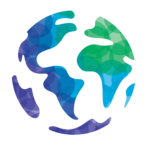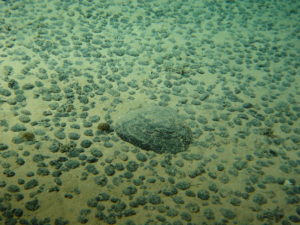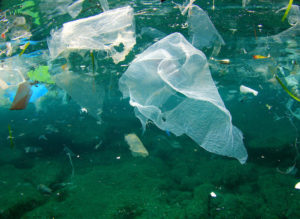Harnessing the power of the many
Gallifrey identifies collaborative opportunities to tackle ocean conservation issues by identifying synergies that could be exploited and roadblocks that could be overcome by working together. Our model of engagement is to partner with other organisations.
This is characterised by:
• Focusing on measurable results
• Building capacity with a long term view
• Willingness to experiment and “try new approaches”
• Contributing financial, intellectual, and high personal involvement
Mission: Working collaboratively to advance marine protection and social enterprise

Gallifrey supports social enterprise, applying commercial strategies to solve human and environmental problems, rather than simply maximising profits for external shareholders. Gallifrey supports several scholarships for a variety of students from primary, university and post-graduate education. In addition, Gallifrey supports selected research in social enterprise.
• Not “reinvent the wheel”
• Identify and fill the gaps
• Achieve our mutual objectives through collaboration
Gallifrey does not solicit funds or grant proposals.
Only the Arctic Ocean, hasn’t been fished,, drilled or polluted. Let’s keep it that way.
At the front line of climate change, the ocean plays a central role in regulating the Earth’s climate.
 There are sources of minerals in the deep sea but we must first understand how to manage and mitigate the risks that come with extracting them.
There are sources of minerals in the deep sea but we must first understand how to manage and mitigate the risks that come with extracting them.
 Our demand for plastic creates an environmental and public health nightmare. The impact affects the creatures of the sea and humans.
Our demand for plastic creates an environmental and public health nightmare. The impact affects the creatures of the sea and humans.
The Gallifrey Foundation provides scholarships to students at the following institutions